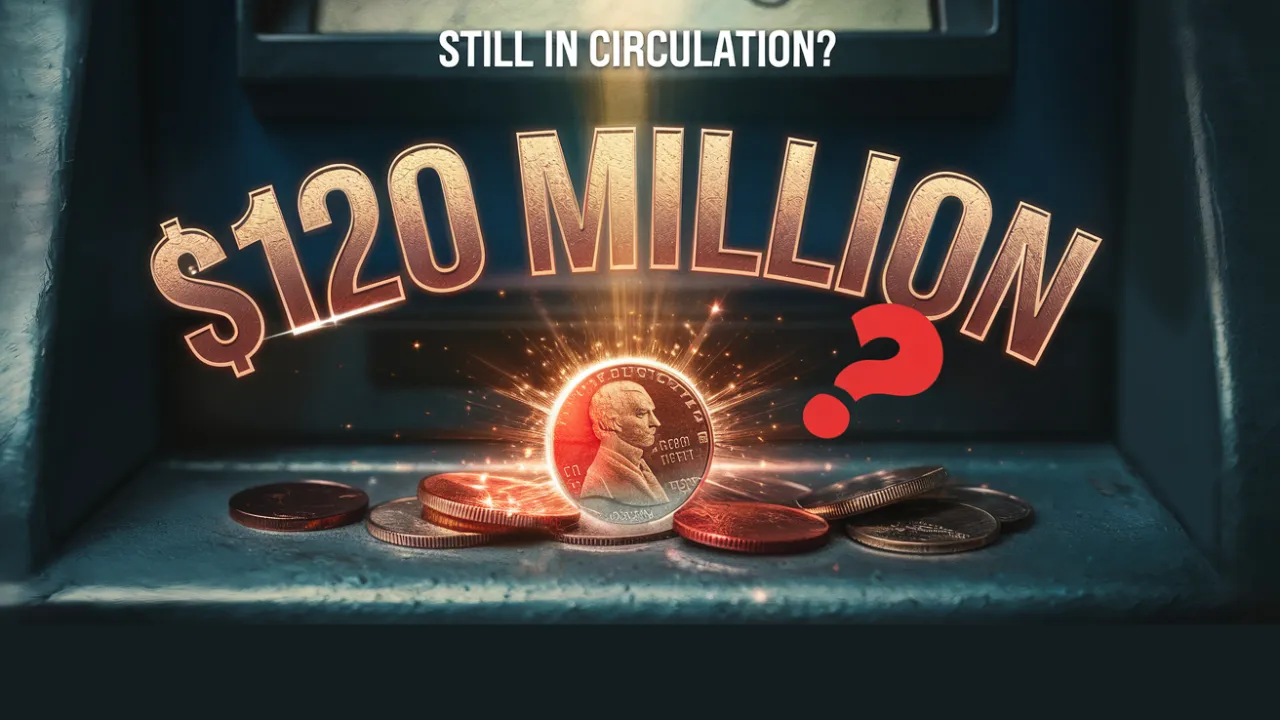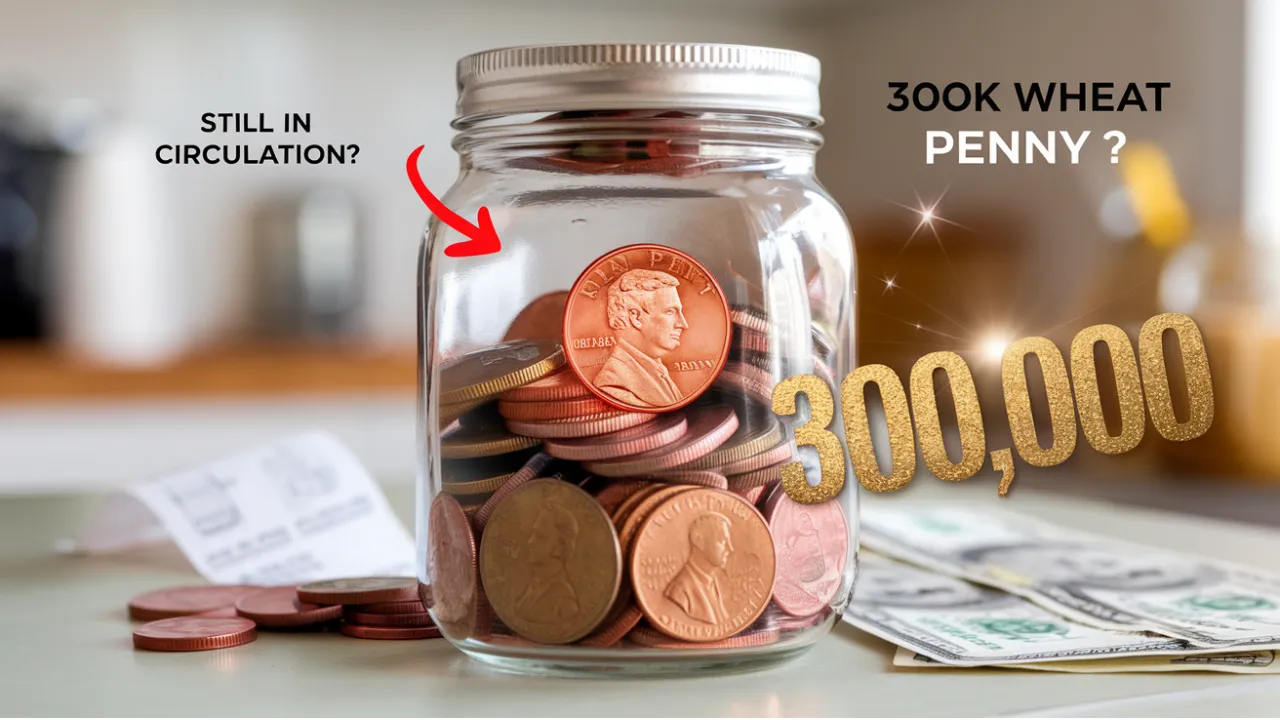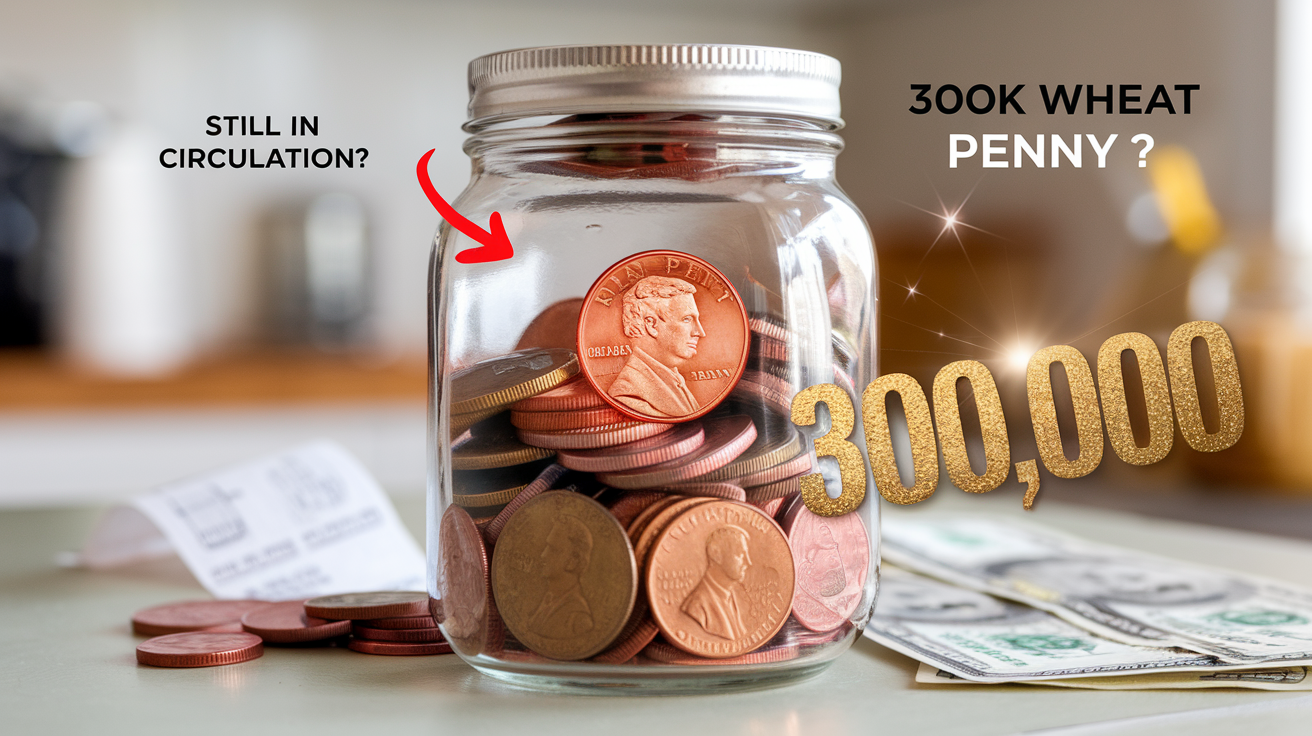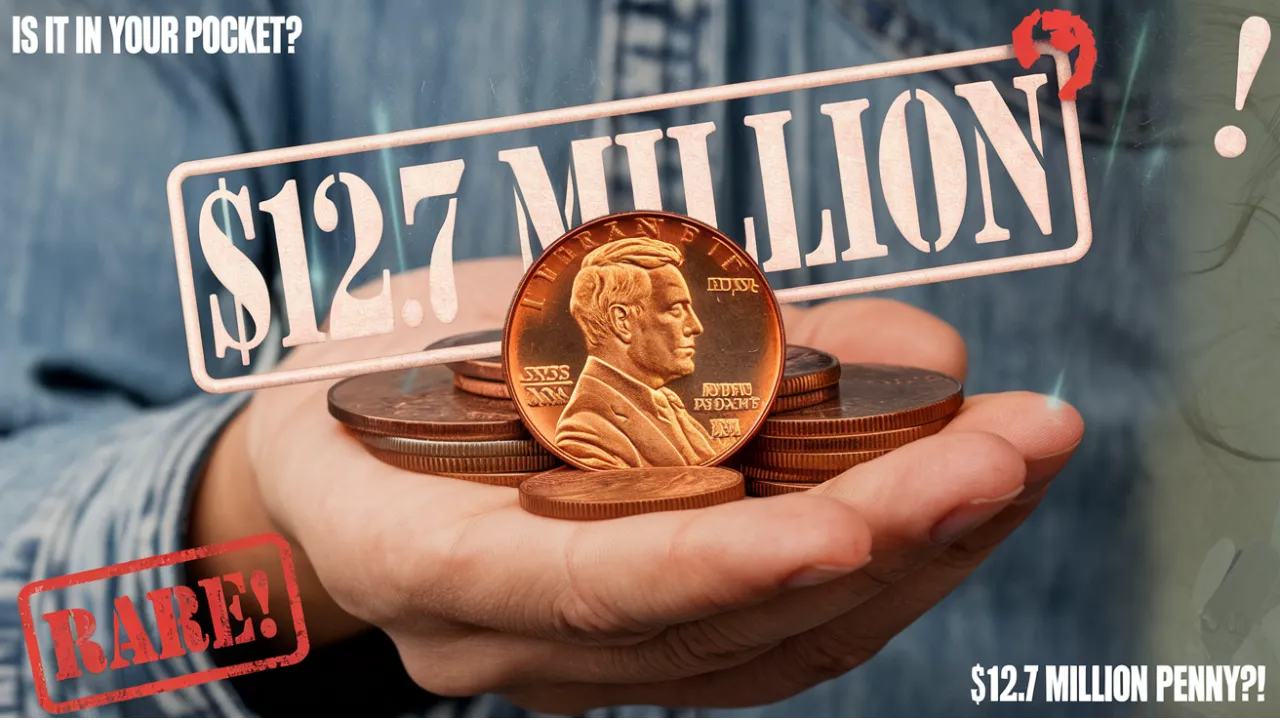The Lincoln Discover $4.2 Million Wheat Penny Still Circulating Today: Imagine finding a penny worth $4.2 million in your pocket. It might sound unbelievable, but for collectors and coin enthusiasts, this dream could still come true. The legendary Lincoln Wheat Penny is one of the rarest coins in the world, and its incredible value has captured the attention of treasure hunters everywhere.
This article explores the history of the Lincoln Wheat Penny, why the $4.2 Million Wheat Penny is so valuable, how to identify it, and whether you might still find one in everyday circulation. Let’s dive into the details of this remarkable coin that could change your life.
Overview Table
| Key Information | Details |
| Coin Name | Lincoln Wheat Penny |
| Rare Version | 1943 Copper Lincoln Wheat Penny |
| Minting Period | 1909 – 1958 |
| Reason for Rarity | Minting error during World War II |
| Estimated Quantity | 20 – 40 |
| Highest Auction Price | $4.2 million |
| Possibility of Still Circulating | Yes, but extremely rare |
The History of the Lincoln Wheat Penny
The Lincoln Wheat Penny was introduced in 1909 by the U.S. Mint to commemorate the 100th anniversary of Abraham Lincoln’s birth. It was the first American coin to feature a president’s image, marking a significant milestone in U.S. currency history. The reverse side of the penny displayed two wheat stalks, symbolizing prosperity, which led to its nickname: the Wheat Penny.
This design remained in circulation until 1958 when it was replaced by the Lincoln Memorial design. While most Wheat Pennies are common and inexpensive, certain rare versions, like the 1943 Copper Lincoln Wheat Penny, have become valuable collector’s items due to their rarity and historical significance.
Why Is the $4.2 Million Wheat Penny So Valuable?
The value of the $4.2 Million Wheat Penny comes down to a unique minting error that occurred during World War II. In 1943, copper was needed for military equipment, so the U.S. Mint began producing pennies using zinc-coated steel. However, a small number of copper blanks from 1942 were mistakenly used to create pennies in 1943.
Experts estimate that only 20 to 40 of these copper pennies were ever produced, making them incredibly rare. Their scarcity, combined with the historical context of World War II, has made these pennies highly desirable among collectors. As a result, their value has skyrocketed over the years, with one of these rare coins selling for an astonishing $4.2 million at a private auction.
How to Identify a $4.2 Million Wheat Penny
If you’re wondering whether you might have a $4.2 Million Wheat Penny in your possession, here are some key features to look for:
- Check the Date: Look for a penny with the year 1943. The rare copper version will have a distinct brownish-copper color, unlike the common steel version.
- Use a Magnet: The steel pennies from 1943 will stick to a magnet, while the copper ones will not. This simple test can quickly help you determine if you have the rare version.
- Look for Mint Marks: The 1943 Copper Penny was minted in three locations: Philadelphia (no mint mark), Denver (D), and San Francisco (S). Any of these versions can be valuable.
- Get Professional Authentication: If you believe you have a genuine $4.2 Million Wheat Penny, have it authenticated by a reputable grading service like PCGS (Professional Coin Grading Service) or NGC (Numismatic Guaranty Corporation). Professional verification is essential to confirm the coin’s authenticity and determine its value.
Why Is the Copper Penny Mistake So Rare?
The accidental production of copper pennies in 1943 occurred because some copper blanks from 1942 were left in the minting machines when production switched to steel. Since the Mint quickly corrected the error, only a few copper pennies were released into circulation. Over time, most of these pennies were collected and preserved, leaving only a handful that might still be out there, waiting to be discovered.
Is the $4.2 Million Wheat Penny Still in Circulation?
Believe it or not, experts believe that a few of these rare 1943 Copper Lincoln Wheat Pennies might still be in circulation. Some may be hidden in old coin collections, forgotten piggy banks, or even mixed in with ordinary change. While the chances of finding one are incredibly slim, it’s not impossible. The thought that one of these valuable coins could still be found in everyday life continues to fuel the excitement of collectors and treasure hunters.
Tips for Coin Collectors: How to Increase Your Chances
- Check Old Collections: Search through inherited coin collections or old jars of change. Many people have valuable coins without realizing it.
- Inspect Wheat Pennies Carefully: Pay special attention to Wheat Pennies from 1943. The copper version is the one worth searching for.
- Visit Coin Shows and Auctions: Attend coin shows, flea markets, and online auctions where rare coins are sometimes sold.
- Stay Informed: Join online coin collector forums and subscribe to newsletters to stay updated on the latest discoveries and auction results.
Two Key Facts to Remember:
- Only 20 to 40 copper pennies from 1943 are believed to exist, making them one of the rarest coins in U.S. history.
- The highest price ever paid for a 1943 Copper Lincoln Wheat Penny is an astonishing $4.2 million.
FAQs
1. How can I tell if I have a $4.2 Million Wheat Penny?
Look for a copper penny dated 1943 that does not stick to a magnet. If in doubt, get it authenticated by a professional grading service.
2. Why is the 1943 Copper Penny so valuable?
Its value comes from its extreme rarity, historical significance, and high demand among collectors. Only a few dozen are believed to exist.
3. Can I still find a $4.2 Million Wheat Penny in circulation?
Yes, although it’s highly unlikely. Some may still be hidden in old collections, piggy banks, or everyday change.
4. What should I do if I think I found a $4.2 Million Wheat Penny?
Handle the coin carefully and have it authenticated by a professional service like PCGS or NGC to confirm its authenticity and value.
5. Are all 1943 Pennies valuable?
No, only the copper version is valuable. The steel pennies produced in 1943 are common and not worth much.
Final Thoughts
The story of the $4.2 Million Wheat Penny proves that valuable treasures can sometimes be found in the most unexpected places. Whether you’re a dedicated coin collector or someone who enjoys checking spare change, it’s always worth taking a closer look at your pennies. After all, you never know—you might be holding a rare piece of history worth millions of dollars.
If you found this article interesting, feel free to share it with your friends or leave a comment below. And if you’re curious about other rare coins, explore more of our coin-collecting content—you might just discover your next hidden treasure!







